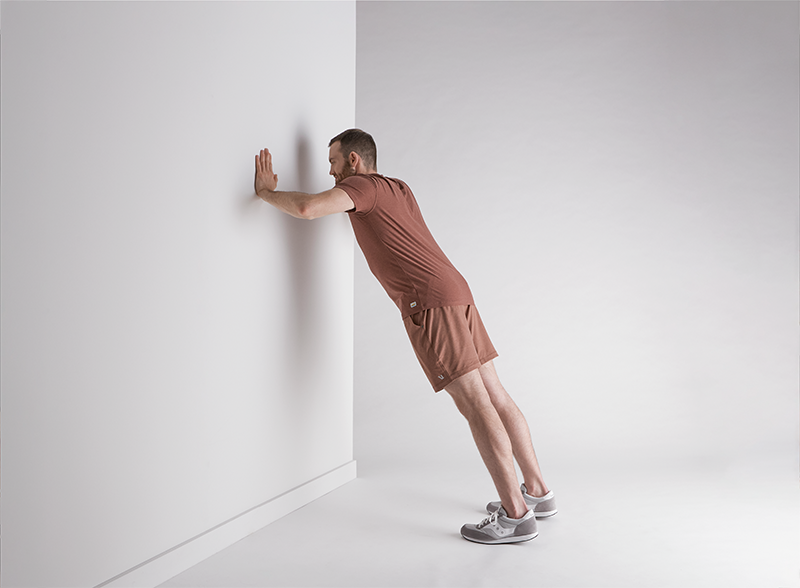9 Shoulder Strengthening Exercises Recommended by Physical Therapists
Learn about the importance of shoulder strengthening exercises and discover moves recommended by physical therapists.
$0 costo para usted
Fecha de Publicación: Aug 22, 2024
El índice
Fully covered arm or shoulder pain relief
Find relief from arm pain, shoulder pain, pinched nerves, & more.
Check if I'm eligible